Table of Contents
Introduction to Aleppo Pepper
Aleppo pepper (also known as Halaby pepper) is a mild, smoky chili pepper originating from the Aleppo region of Syria. It's a staple in Middle Eastern cuisine, prized for its complex flavor profile that balances sweetness, tanginess, and moderate heat—without overwhelming spiciness. Unlike true peppers (like black pepper), it's a variety of Capsicum annuum, related to jalapeños and cayenne, but with a unique taste that makes it versatile for everyday cooking.

Flavor Profile and Unique Characteristics
Aleppo pepper delivers a harmonious blend of smoky, sweet, and tangy notes with a mild to medium heat level (typically 5,000–10,000 Scoville Heat Units). This makes it ideal for adding depth to dishes without overpowering other flavors. The pepper is traditionally sun-dried with salt and citric acid, which enhances its fruity and savory characteristics. When fresh, it has a brighter, more aromatic profile, while dried Aleppo pepper offers a more concentrated, smoky flavor—perfect for spice rubs and marinades.
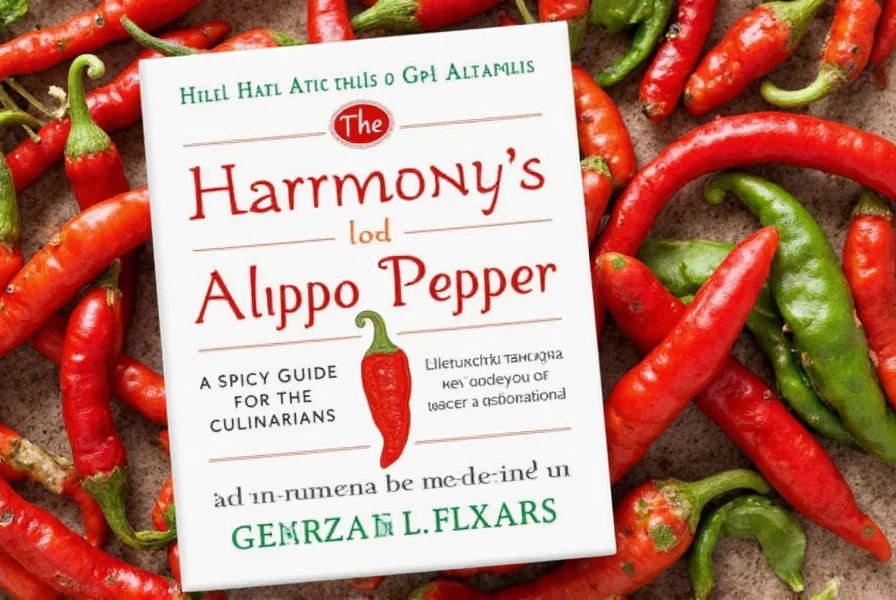
Versatile Uses in Cooking
Aleppo pepper is a kitchen essential for adding complexity to both simple and gourmet dishes. Its mild heat and rich flavor make it suitable for a wide range of culinary applications:
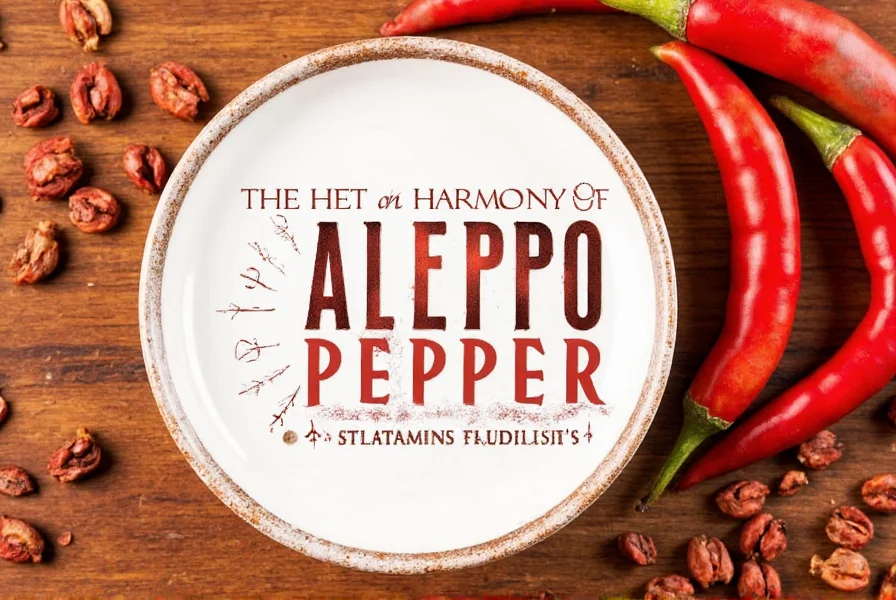
- Salad Dressings: Mix with olive oil, lemon juice, and garlic for a vibrant vinaigrette.
- Roasted Vegetables: Toss with sweet potatoes, carrots, or cauliflower for a smoky-sweet side dish.
- Meat Marinades: Combine with yogurt, lemon, and herbs for tender, flavorful grilled chicken or lamb.
- Spice Blends: Add to za'atar or harissa for authentic Middle Eastern seasoning.
- Snack Seasoning: Sprinkle on popcorn, nuts, or roasted chickpeas for a quick, flavorful treat.
Buying Guide: How to Choose the Best Aleppo Pepper
When selecting Aleppo pepper, consider these key factors for quality and authenticity:
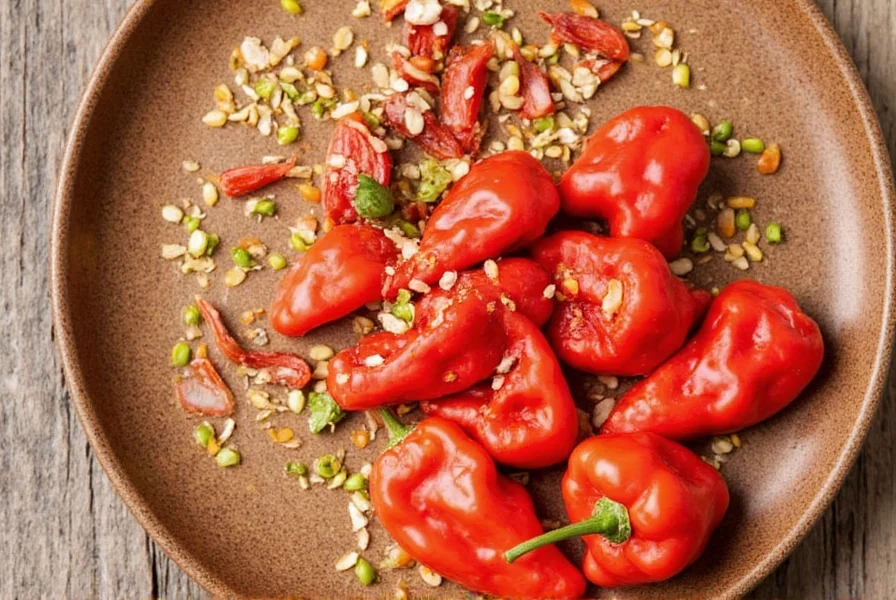
| Factor | What to Look For |
|---|---|
| Origin | Authentic Aleppo pepper comes from Syria; look for "Aleppo" or "Halaby" on the label. |
| Appearance | Bright red, uniform color without mold or discoloration. Ground pepper should be fine and consistent. |
| Smell | Strong, aromatic scent with hints of smoke and dried fruit—not musty or stale. |
| Form | Whole dried peppers for grinding, or pre-ground for convenience. Fresh peppers are less common but available in some markets. |
| Brand Reputation | Reputable spice merchants like Penzeys, The Spice House, or Zabar's often carry authentic products. |
Top 5 Tips for Using Aleppo Pepper Like a Pro
Whether you're a seasoned chef or a kitchen novice, these tips will help you make the most of Aleppo pepper:

- Start Small: Since Aleppo pepper can vary in heat, start with a small amount and adjust to your taste.
- Use Fresh vs. Dried: Fresh Aleppo pepper is great for raw applications, while dried is better for cooking and grinding.
- Pair with Olive Oil: Mixing Aleppo pepper with olive oil creates a delicious drizzle for bread, salads, or roasted veggies.
- Experiment with Flavors: Combine it with garlic, lemon, or herbs to create unique flavor profiles.
- Store Properly: Keep Aleppo pepper in a cool, dry place away from direct sunlight to maintain its flavor and potency.
Comparison with Other Popular Peppers
Aleppo pepper is often compared to other popular chilies like paprika, cayenne, and chili flakes. While they all offer heat and flavor, each has its own unique characteristics:

| Pepper Type | Heat Level | Flavor Profile | Best Uses |
|---|---|---|---|
| Aleppo Pepper | Mild to Medium | Smoky, Sweet, Tangy | Marinades, Salads, Roasts |
| Paprika | Mild | Earthy, Sweet | Stews, Rubs, Baked Goods |
| Cayenne Pepper | Hot | Spicy, Sharp | Hot Sauces, Spicy Dishes |
| Chili Flakes | Medium to Hot | Earthy, Slightly Smoky | Pizza, Pasta, Meat Dishes |
Frequently Asked Questions About Aleppo Pepper
What is the heat level of Aleppo pepper?
Aleppo pepper has a mild to medium heat level, typically ranging from 5,000 to 10,000 Scoville Heat Units. It's considerably milder than cayenne pepper but has more heat than regular paprika. The heat is balanced with fruity and tangy notes, making it more complex than just a hot spice.
What can I use as a substitute for Aleppo pepper?
If you don't have Aleppo pepper, you can create a substitute by mixing equal parts of mild paprika and cayenne pepper, with a pinch of salt and a touch of lemon juice or vinegar to mimic its distinctive flavor profile. Some people also use Maras pepper or a combination of ancho chili powder with a bit of smoked paprika.
How should I store Aleppo pepper to maintain freshness?
Store dried Aleppo pepper in an airtight container in a cool, dark place away from direct sunlight and moisture. Properly stored, it can retain its flavor for up to a year. For longer storage, you can keep it in the refrigerator or freezer, which helps preserve its vibrant color and flavor compounds.
Is Aleppo pepper the same as crushed red pepper?
No, Aleppo pepper is not the same as standard crushed red pepper. While both are dried and crushed chili peppers, Aleppo pepper comes from a specific variety of Capsicum annuum grown in the Aleppo region. It has a distinctive flavor profile with smoky, sweet, and tangy notes, whereas regular crushed red pepper (often made from cayenne or other hot peppers) tends to be more uniformly spicy with less complexity.
Can I grow my own Aleppo pepper plants?
Yes, you can grow Aleppo pepper plants if you have the right climate conditions. They require a long growing season with warm temperatures. The seeds can be started indoors 8-10 weeks before the last frost date. Aleppo peppers typically take 70-80 days from transplanting to reach maturity. The plants prefer well-draining soil and full sun.
Why is Aleppo pepper sometimes called Halaby pepper?
Aleppo pepper is called Halaby pepper because "Halab" is the Arabic name for the city of Aleppo in Syria. The pepper is named after its region of origin, which has been cultivating and processing these peppers for centuries. The traditional production method involves drying the peppers in the sun and then crushing them with a bit of salt and citric acid or olive oil.
Conclusion
Aleppo pepper is more than just a spice—it's a flavor enhancer, a culinary tradition, and a gateway to the rich world of Middle Eastern cuisine. Whether you're using it to elevate your meals or experimenting with new flavors, this pepper offers something for everyone. With the right knowledge and a little bit of creativity, you can unlock the full potential of Aleppo pepper and bring a touch of the Mediterranean to your kitchen.
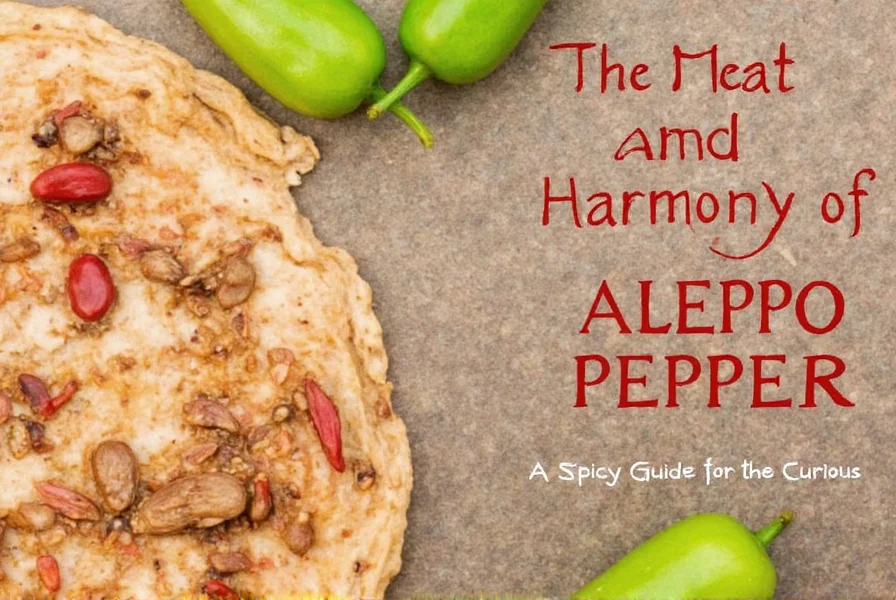
So, next time you're shopping for spices, don't overlook the humble Aleppo pepper. It might just become your new favorite ingredient.

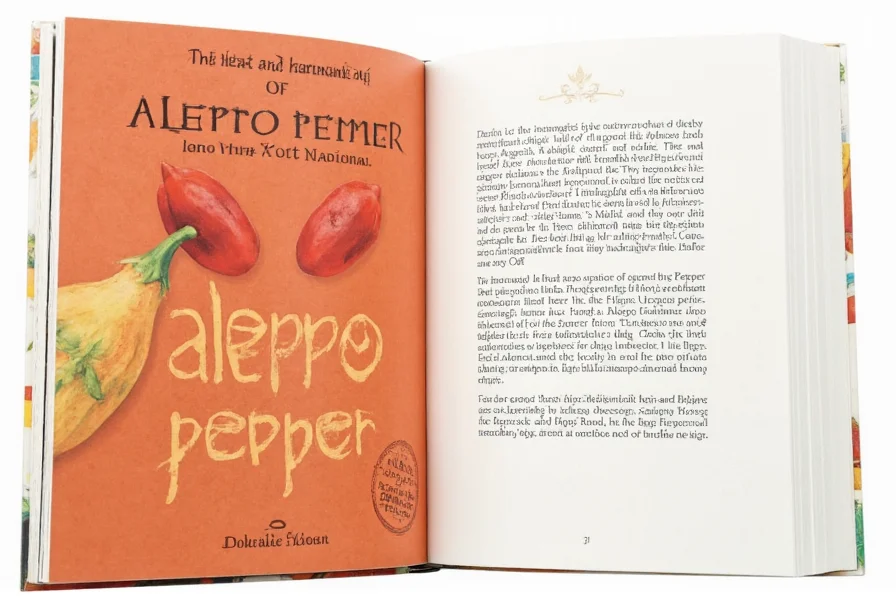









 浙公网安备
33010002000092号
浙公网安备
33010002000092号 浙B2-20120091-4
浙B2-20120091-4